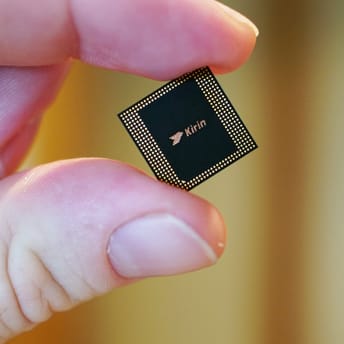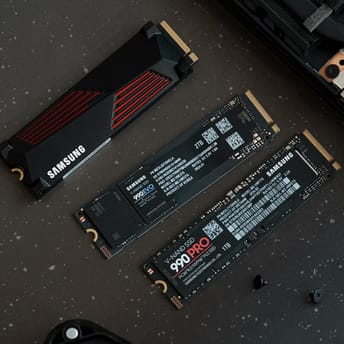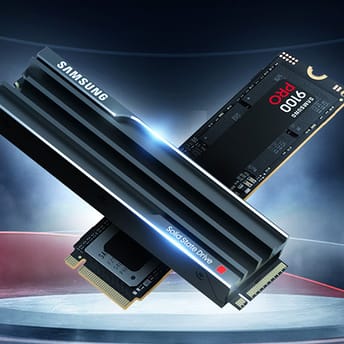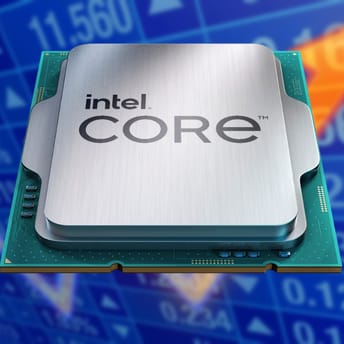DRAM Supercycle Predicted Through 2027: RAM Prices Set to Surge
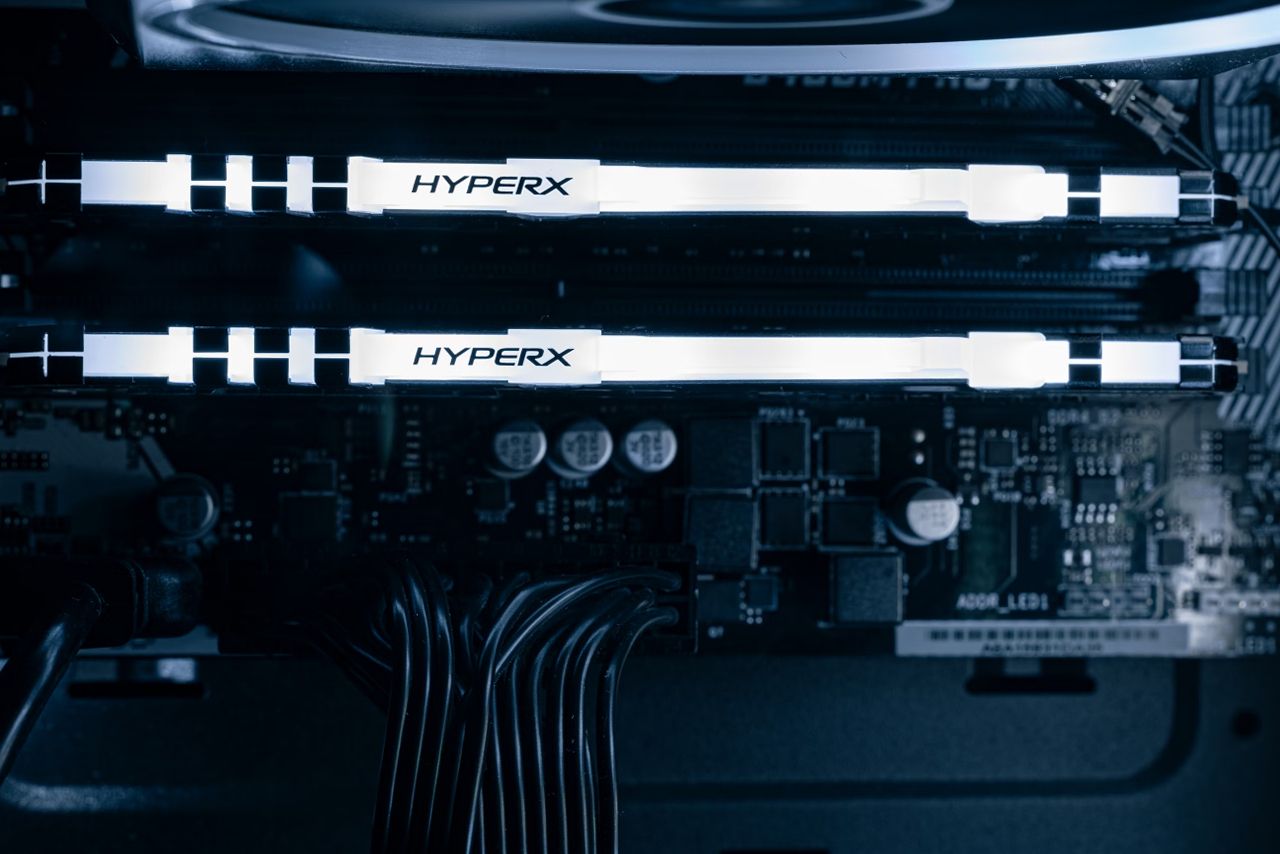
|
|
Key points
- RAM prices are expected to rise sharply as a DRAM supercycle emerges; other gaming hardware may follow.
- Record-low supply and steady demand point to quarterly DRAM price gains until a 2027 supercycle peak.
- In 2018, a DRAM supercycle doubled RAM prices; inventories rebuilt in 2019, and prices normalized.
Analysts are pointing to a new DRAM supercycle, expected to peak in 2027, driven by rising demand, constrained supply, and record-low inventories, all of which are pushing prices higher. As memory makers prioritize orders for AI and servers, PC RAM prices are expected to surge.
According to TrendForce, DRAM inventories fell to about three weeks of supply by the end of Q3 2025, matching the 2018 lows, while suppliers redirect fabrication capacity toward server memory and HBM. Focus on AI demands may leave the PC and mobile DRAM market undersupplied, lengthen lead times, and support continued quarterly price increases into early 2026, with contract prices gradually catching up to spot prices.
At the same time, Morgan Stanley forecasts a “memory supercycle”, pointing to accelerating AI server deployments and structural demand for high-bandwidth memory, alongside tighter supply and almost-empty inventories, which means demand shouldn’t ease, and DRAM and NAND prices are likely to rise quarter over quarter for more than a year straight.
What is DRAM Supercycle
A DRAM supercycle is a sustained, hardware industry-wide upturn in which demand for memory exceeds supply for several quarters, resulting in continuous price hikes. The previous supercycle occurred around 2018, when smartphone memory growth and server needs drove strong memory demand, while major suppliers maintained tight capacity and prioritized higher-value parts and partners.
Contract and spot prices rose for months, retail DDR4 RAM prices doubled in a year, and OEM costs increased. The cycle reversed in late 2018 as inventories rebuilt and orders slowed, sending prices down through 2019, and that episode is the benchmark analysts use when describing today’s situation.
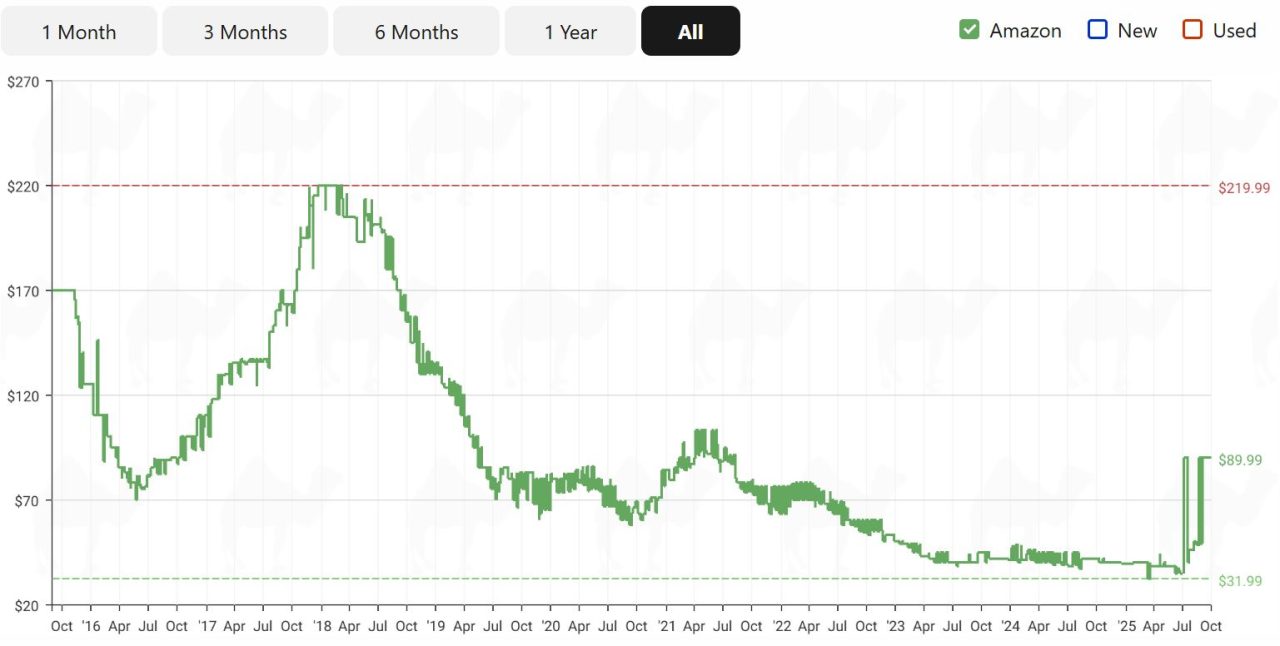
PC RAM price Trends
In short, RAM is getting more expensive. Samsung has notified clients that it will increase DRAM contract prices in Q4 2025 by about 15-30% and continue to phase out legacy DDR4 production into 2026, which will tighten availability for older or budget gaming builds. Micron has temporarily withdrawn its DRAM price sheets to recalibrate after its competitors’ early price hikes.
AI server builds and HBM packaging are taking up manufacturing capacity. With inventories low and spending restrained, suppliers have regained pricing power. Also, account for potential shortages, which can add even more to the cost. Additionally, data centers have started replacing memory in older servers, which adds steady, non-AI demand to the upcycle.
With DDR4 nearing end-of-life and wafer allocation shrinking, retail prices have already increased through the summer of 2025. DDR5 isn’t immune either; prices already started rising, and more increases are on the way, varying by clock frequencies and module capacities.
PC Storage price Trends
SSD costs are also trending higher. Samsung has guided partners to a 5-10% rise in NAND contract pricing for Q4. SanDisk raised NAND pricing by approximately 10% in September, and Micron also paused its NAND quotations.
Demand dynamics add pressure: cloud providers are shifting toward QLC-based eSSDs, raising the risk of a QLC shortage into 2026. The first consumer pinch points are likely high-capacity 4-8 TB NVMe drives for PCs and large microSD cards used in handheld devices, which heavily rely on QLC. If market tightness persists, smaller capacities and even non-QLC models could see follow-on increases.
Widespread Gaming Hardware Price Surge Ahead
Rising NAND and DRAM costs will initially be reflected in standalone PC parts, as retail drives and RAM kits are quickly repriced by distributors. This will then roll into phones, and more noticeably, into consoles, laptops, and handhelds as existing OEM contracts expire.
Once those quarterly agreements lapse, consumer/gaming hardware manufacturers face higher bill-of-materials costs and less room to absorb them, resulting in fewer promotions, higher list prices, or smaller default capacities at the same price.
The lag is measured in weeks to a couple of months after contract rollover, and the earliest pressure usually hits high-capacity SKUs before it reaches midrange or budget gaming hardware tiers.
Besides AI demands, hardware prices are also rising due to the risks of US tariffs. According to various reports, new, higher import duties and an import-matching rule are currently being discussed. Suppliers and manufacturers continue to add a risk premium to contracts before any new rulings are finalized.
Distributors update price lists more often, and some vendors pause quotes to reset pricing. If new tariffs take effect, most gaming hardware will surge in price; if not, the premium add may linger until the policy is clear.
Gaming console price trends
Console pricing is tightening in the US on tariff risk and component pressures:
- Sony raised the US PlayStation 5 MSRP by $50 for all existing console versions, effective August 21, 2025.
- Microsoft will raise US prices for the Xbox Series X|S on October 3, with increases ranging from $20 on the entry-level Series S to $70 for the 2TB Galaxy Black edition.
- In Europe, Sony has begun shipping a revised PS5 Digital Edition with 825 GB of storage, instead of 1 TB, at the same €499 price, creating a case of hardware shrinkflation.
Microsoft and Asus have also set US prices for the new handhelds: the ROG Xbox Ally X at $999.99 and the ROG Xbox Ally at $599.99, with preorders now live and the launch scheduled for October 16, 2025. According to reports, Microsoft and Asus initially aimed to make the new handheld device more affordable.
Hardware Memory Basics
NAND is a type of non-volatile flash memory that keeps data without power. It is used across a broad range of storage devices: SSDs, phones and tablets (UFS), game consoles, cameras, memory cards (SD/microSD), and USB drives.
QLC (Quad-Level Cell) is a NAND that stores four bits per cell and allows vast capacities, which is why you see QLC in 8 TB consumer NVMe SSDs, external SSDs, and high-capacity microSD/SD cards.
DRAM is the same core memory, but final products and standards differ. AI GPUs utilize HBM, servers employ ECC memory, and consumer/gaming devices use DIMM RAM (desktop PCs) or LPDDR RAM (laptops, handhelds, and mobile devices). These types of memory aren’t cross-compatible, and a tight supply in one segment can drive up prices across the rest.
